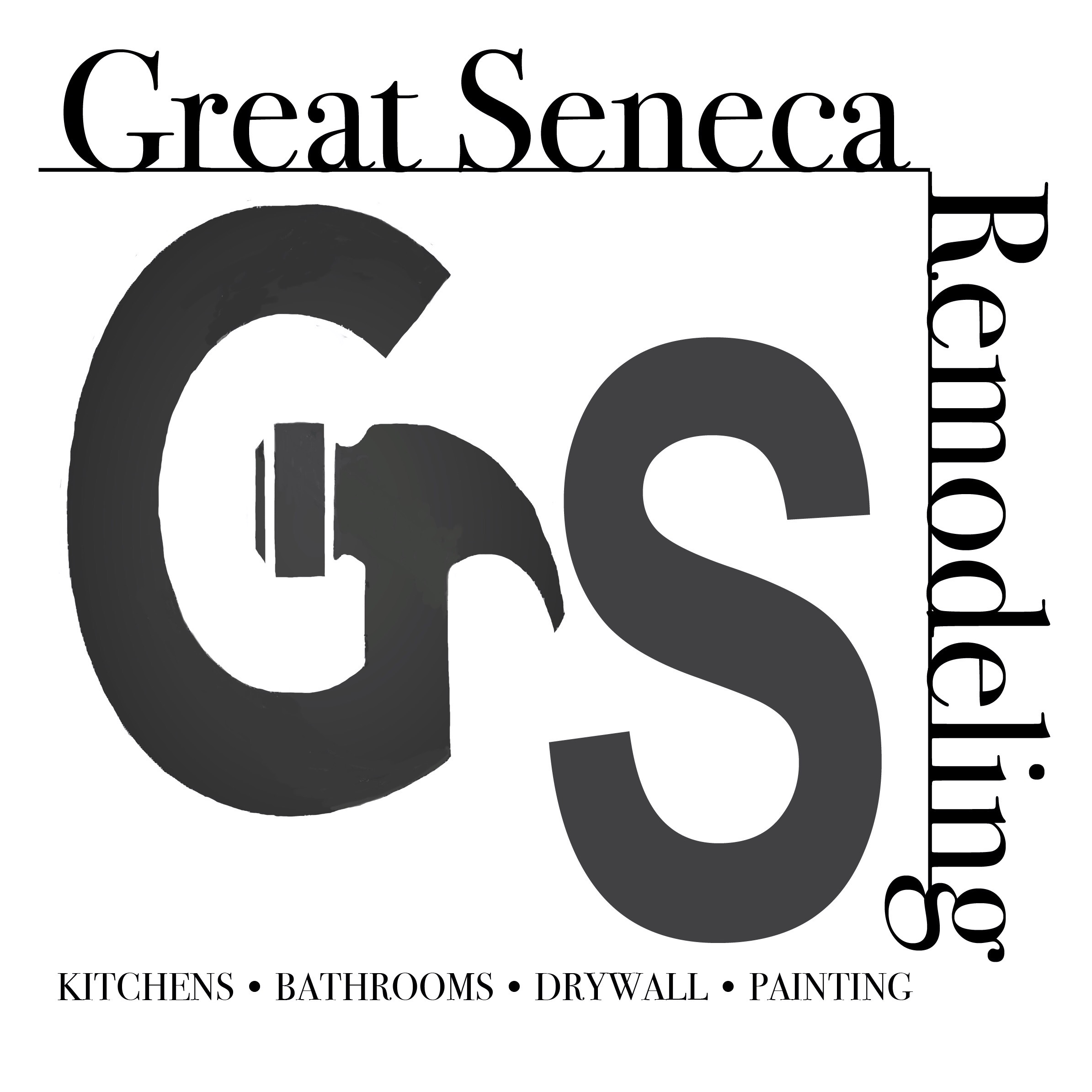When it comes to basement remodeling, homeowners in Frederick, MD, are increasingly turning to stained concrete as a stylish and practical flooring solution. Gone are the days when concrete floors were seen as cold, dull, and purely functional. Today, stained concrete offers a blend of durability, elegance, and versatility, making it a top choice for basement renovations.
Why Choose Stained Concrete?
Stained concrete floors bring a level of sophistication to basements that other flooring options struggle to match. The staining process enhances the natural beauty of the concrete, creating rich, deep tones that mimic everything from polished stone to aged leather. With a variety of color and design options, homeowners can customize their basement flooring to complement any aesthetic, whether modern, rustic, or industrial.
Beyond aesthetics, stained concrete is incredibly durable. Unlike carpet, which can trap moisture and lead to mold growth, or wood, which can warp in humid conditions, stained concrete resists moisture and remains stable over time. This makes it an ideal choice for basement environments, where temperature and humidity fluctuations are common.
Working with a Basement Remodeling Contractor in Frederick, MD
To achieve the perfect stained concrete finish, hiring a professional basement remodeling contractor in Frederick, MD, is essential. Experts in the field understand how to properly prep, stain, and seal concrete to ensure lasting results. They can also offer creative design ideas and guidance on the best stain colors and finishes to complement your space.
Professional contractors will assess the condition of your existing concrete, repair any cracks, and apply high-quality stains and sealants to enhance longevity. With their expertise, you can achieve a stunning, customized floor that transforms your basement into a welcoming and functional living space.
Pros of Stained Concrete
1. Aesthetic Versatility
- Customizable Look: Stained concrete offers a wide range of colors, patterns, and finishes. From a sleek, modern appearance to a rustic, natural vibe, it can complement various design styles.
- Unique Results: No two stained concrete surfaces look the same, thanks to the natural variations in the concrete and the application process. This gives each floor a one-of-a-kind character.
2. Durability
- Long-Lasting Material: Concrete is incredibly durable and can withstand heavy foot traffic, making it ideal for residential, commercial, and industrial spaces.
- Resistant to Wear: Stained concrete doesn’t chip or peel like some other flooring options, especially when sealed properly.
3. Low Maintenance
- Easy Cleaning: Stained concrete is simple to clean with regular sweeping and occasional mopping. For sealed concrete, spills can be easily wiped away without staining.
- Stain Resistance: When sealed, the surface becomes resistant to moisture, dirt, and minor stains.
4. Cost-Effectiveness
- Affordable Option: Compared to other flooring materials like hardwood, tile, or natural stone, stained concrete is often more budget-friendly, especially when you already have a concrete slab in place.
- Minimal Replacement Costs: Because of its durability, stained concrete rarely needs replacement, saving money in the long term.
5. Eco-Friendly Choice
- Sustainability: Using an existing concrete slab reduces the need for additional materials, minimizing waste. Stained concrete can also contribute to energy efficiency by retaining heat during colder months.
6. Indoor and Outdoor Use
- Stained concrete works equally well for indoor flooring and outdoor patios, driveways, and walkways, making it a versatile choice for various applications.
Cons of Stained Concrete
1. Hard and Cold Surface
- Unforgiving Underfoot: Concrete is a hard material, making it less comfortable to stand on for extended periods compared to softer surfaces like carpet or cork.
- Temperature Sensitivity: Concrete can feel cold underfoot, particularly in cooler climates, which may require the addition of rugs or radiant floor heating for comfort.
2. Susceptibility to Cracking
- Natural Cracking: Concrete tends to crack over time due to settling, temperature changes, or structural shifts. While staining can minimize the visibility of cracks, it doesn’t prevent them.
- Repair Challenges: Fixing cracks or damage in stained concrete can be tricky, as it may be difficult to perfectly match the original stain.
3. Slipperiness
- Risk of Slipping: When sealed, stained concrete can become slippery, especially if it gets wet. Adding an anti-slip coating or texture can mitigate this issue.
4. Limited Cushioning
- Impact on Items: The hardness of concrete can lead to items breaking if dropped, which may be a concern in kitchens or areas with fragile objects.
5. Requires Proper Sealing
- Ongoing Maintenance: To maintain its appearance and protect it from wear and tear, stained concrete must be sealed and resealed periodically, depending on usage and exposure.
- Sealant Sensitivity: Over time, sealants can wear down, leading to dullness or vulnerability to staining if not reapplied.
6. Installation Challenges
- Skill-Intensive Application: Achieving an even and attractive stain requires professional expertise. Improper application can result in uneven coloration or a finish that doesn’t meet expectations.
7. Limited Insulation
- Concrete offers little natural insulation, so it may not be the best choice in areas where thermal comfort is a priority without additional heating or insulation measures.
Conclusion
Stained concrete is a game-changer in basement remodeling, offering a combination of beauty, durability, and affordability. Whether you’re looking to create a sleek entertainment area, a cozy home office, or a stylish guest suite, stained concrete provides the perfect foundation for your design vision. If you’re considering a basement transformation, reach out to a trusted basement remodeling contractor in Frederick, MD, and explore the endless possibilities that stained concrete has to offer.

